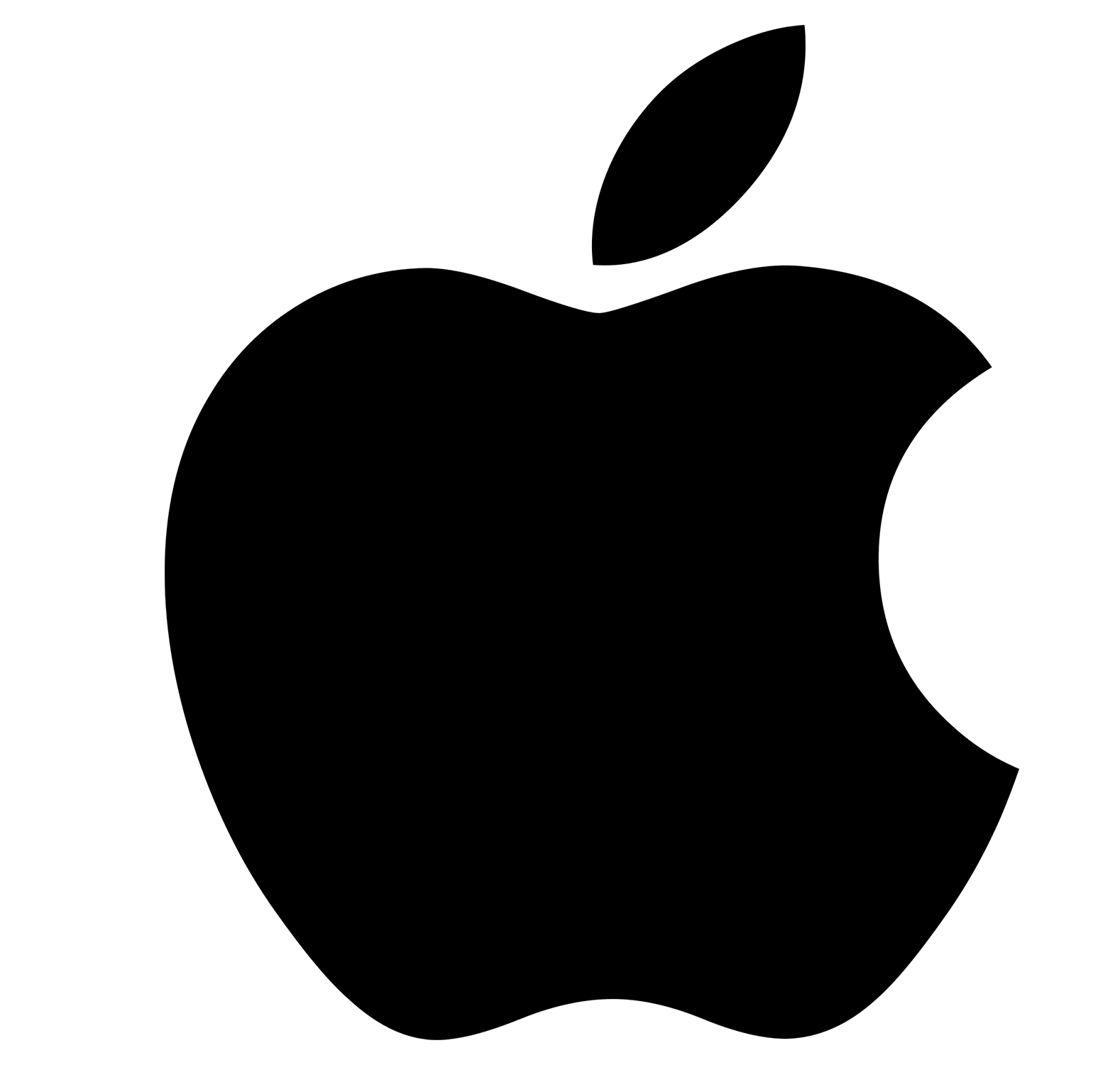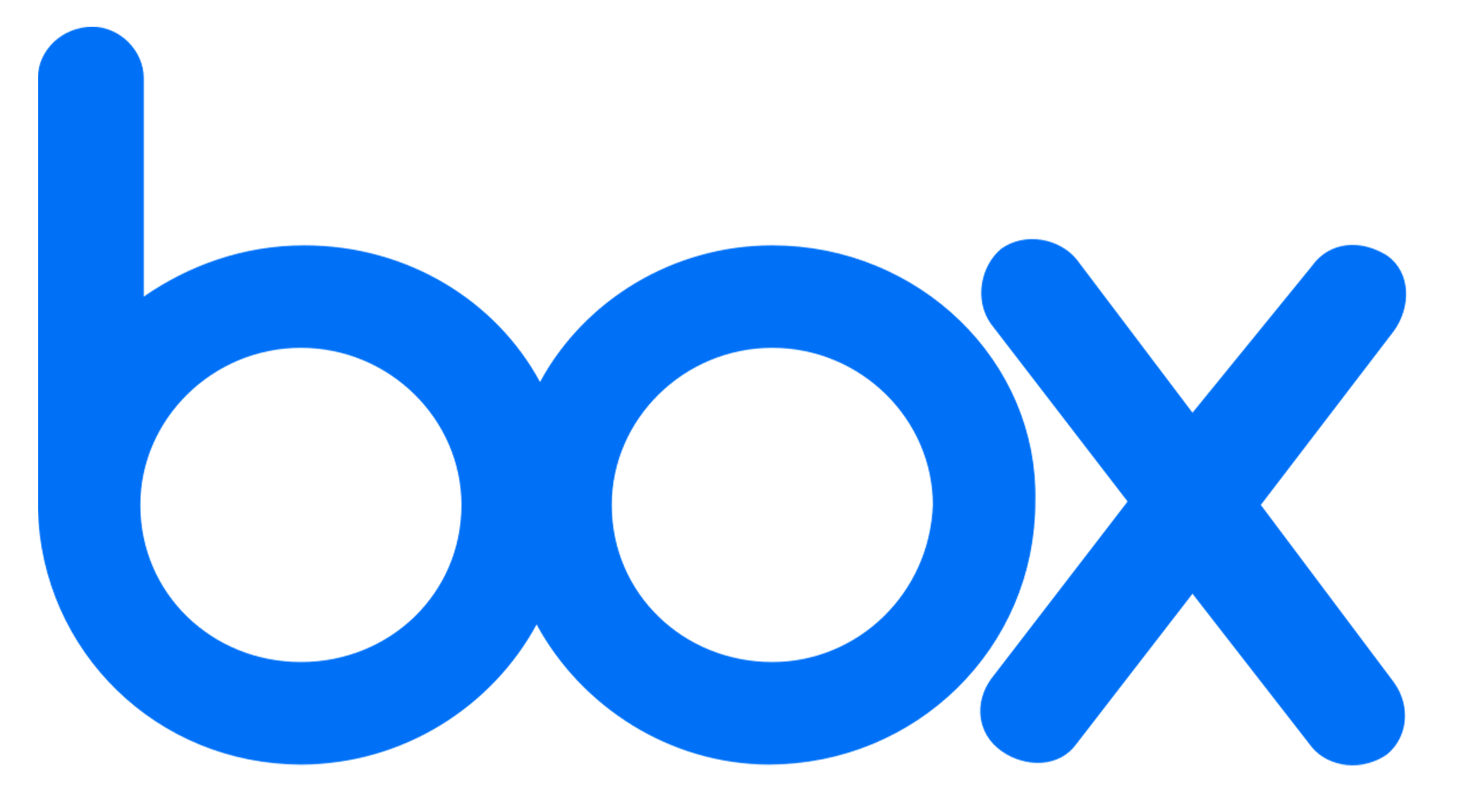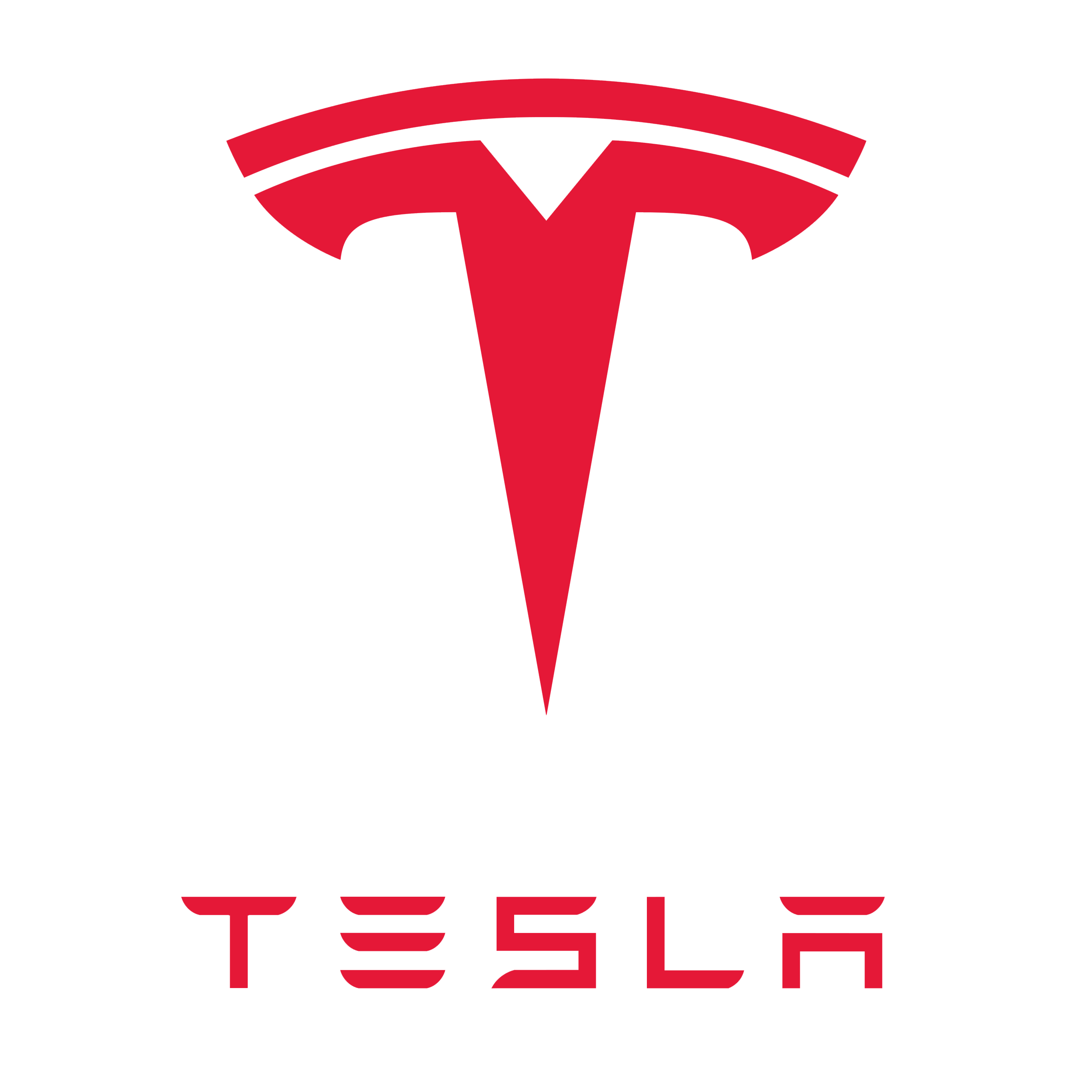
Google"s mission is to organize the world"s information and make it universally accessible and useful.
While some applicants may be able to skip a traditional behavioral interview, Google still looks for candidates who display what they call "Googleyness", meaning alignment with Google"s values.
They also assess cognitive ability, leadership, and role-related skills.
Questions often use real Google products in their scenarios. Familiarize yourself with Google products to prepare. These can also be used in your answers as examples.
Tell me about a tough problem you solved, how did you solve me, walk me through it.
Describe a challenging problem you faced and how you solved it.
How do you handle working in a team or collaborating with others?
What experiences that you have had in the past that will help you succeed at Google?
What were two goals that you had and how did you meet them?
What’s your strength? And 3 weaknesses?
What is your favorite Google product?
Tell me about a time when a project went wrong.
How do you stay updated with the latest industry trends or technological advancements?
How do you handle stress in a competitive working environment?
How do you prioritize your work and manage your time effectively?
We all deal with difficult customers from time to time. Tell me about a challenging client facing situation and how you handled it.
Describe a time when you had to make a difficult decision.
Tell me more in-depth about your current work experience.
What is your preferred work style or approach to collaboration?
Give me a time that you went against the status quo.
Tell me about a time when you set and achieved a goal?
Stage 1: Phone screen with a recruiter with simple behavioral interview questions.
Stage 2: A technical phone interview, usually over Google Hangouts. Questions often focus on Google maps features. Familiarize yourself with Google products to prepare.
Stage 3: Occasionally, candidates maty get a take home project.
Stage 4: An onsite interview with 5 one-on-one rounds. Questions focus on computational statistics, algoritihms, product interpretation, metrics and experimentation, modeling, and probability. Interviewers may ask behavioral questions as well.








Pathrise is a career accelerator that helps people land their dream jobs. We regularly place our fellows at top companies like Apple, Amazon, and Meta. Our mentors have experience at companies like Apple, giving fellows the inside scoop on interview and company culture in 1-on-1 sessions.
We can’t guarantee you a job at a specific company like Apple. But we do guarantee you a great job–if you don’t accept an offer in 1 year, you pay nothing. Our income share agreement means you only pay with a percentage of your income at your new role.
Mentors work with fellows at every stage in search, helping them build the skills necessary to be the best candidate possible. Fellows in Pathrise usually see a 2-4x increase in application response rates, 1.5-3x increase in interview scores, and 10-20% increase in salary through negotiation.